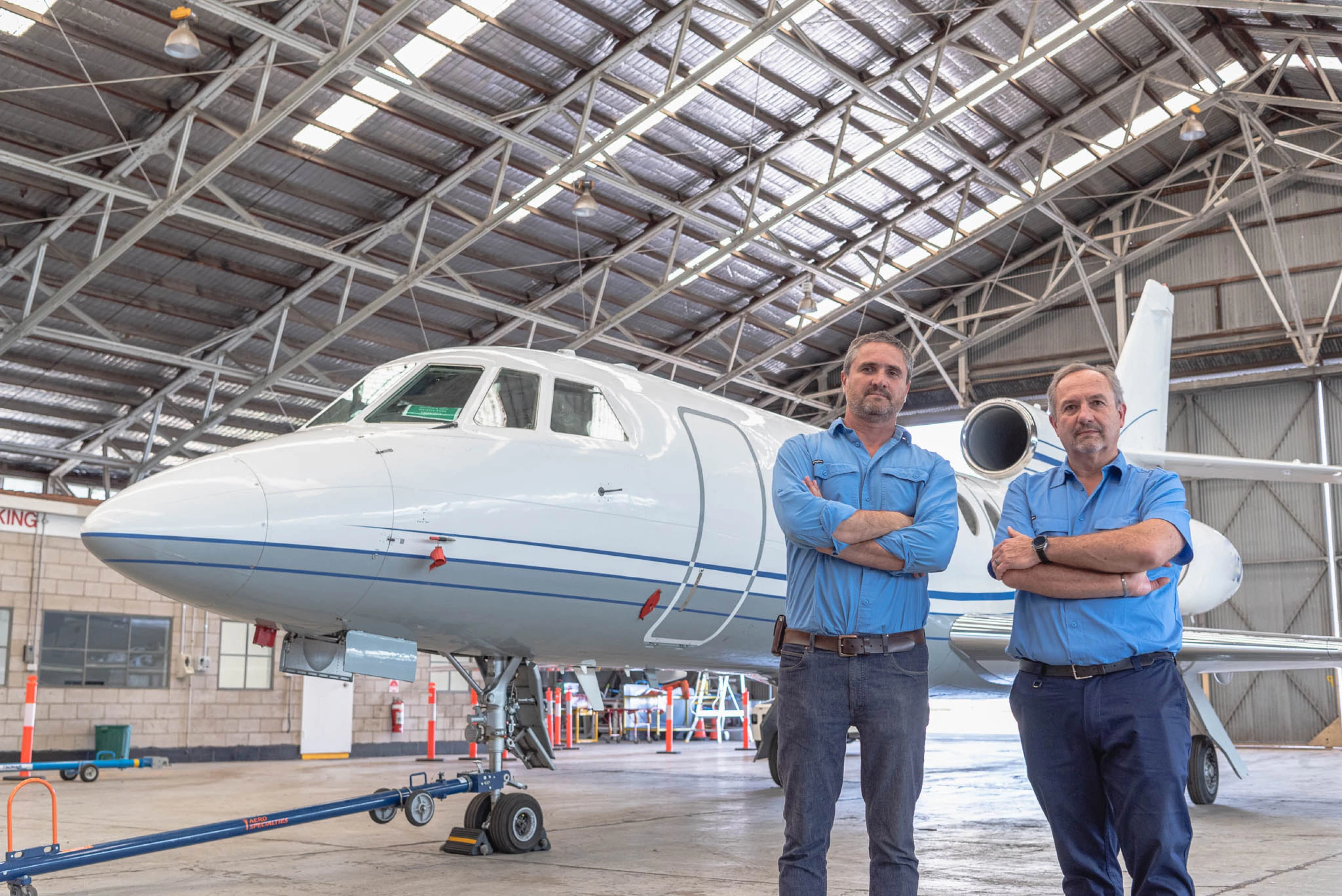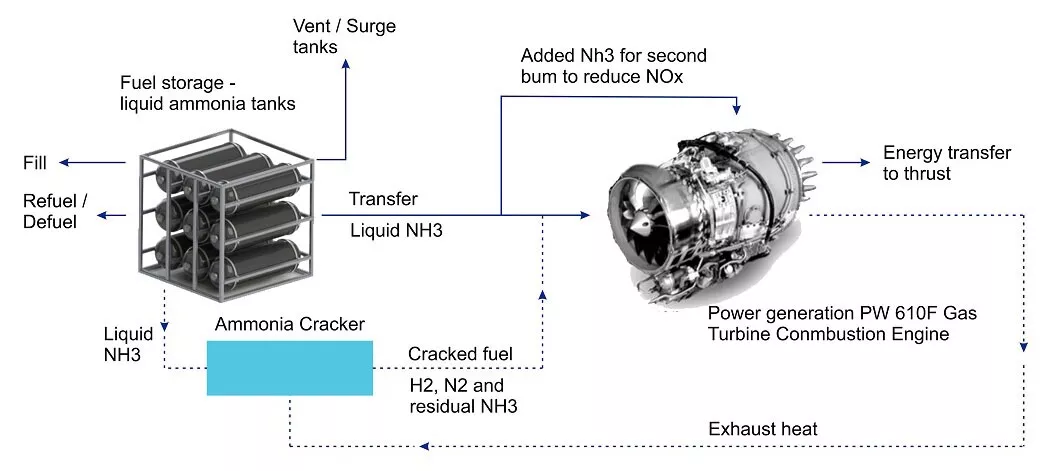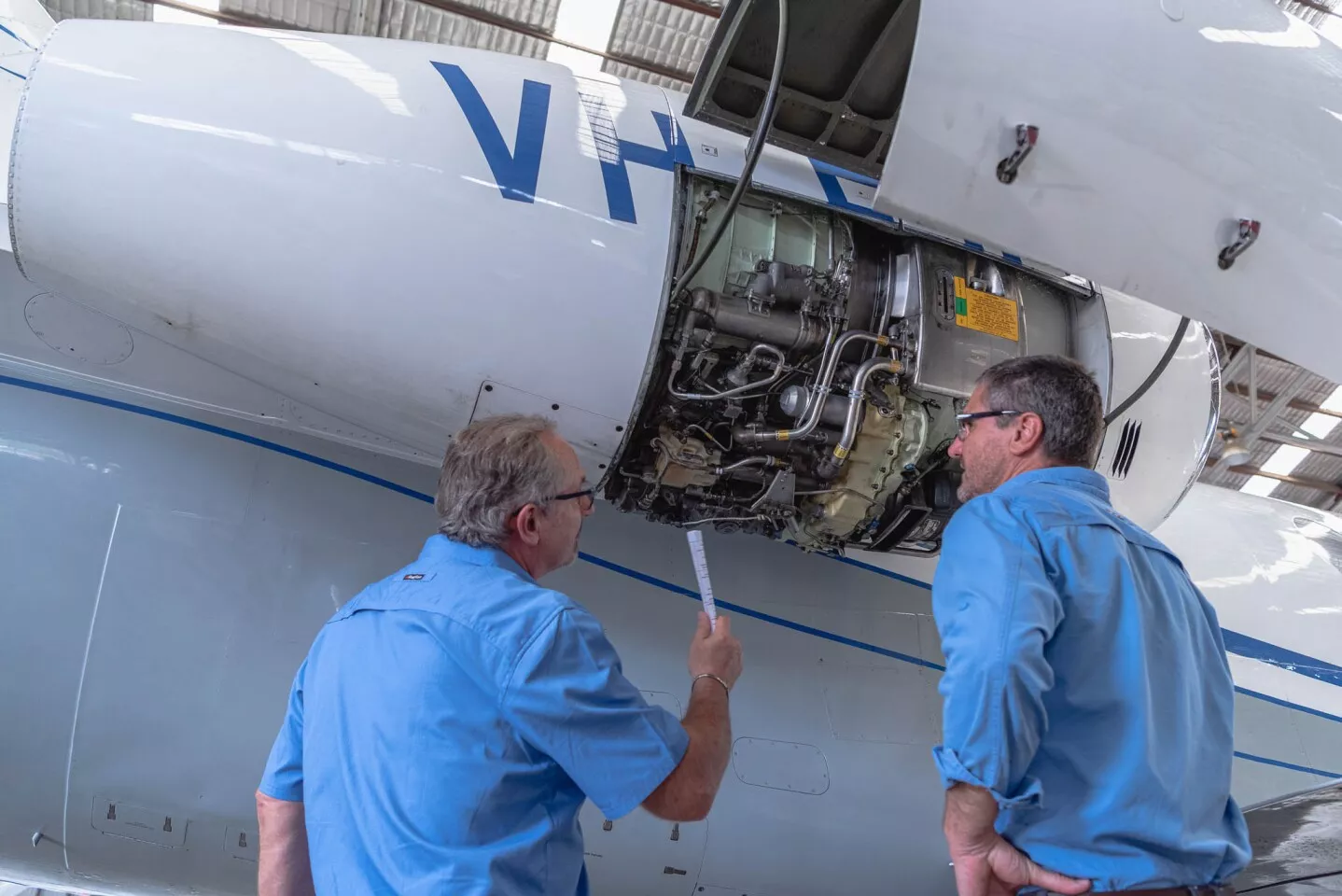The entire aviation industry needs to stop using jet fuel in the coming decades - but it is still buying extremely expensive jet aircraft that are expected to continue to generate revenue for more than 20 years Australian company aviation H2 hopes to purify commercial flights by retrofitting existing aircraft to burn green ammonia instead of standard Jet-A jet fuel

To this end, it plans to let a nine seat airliner fly in the air with ammonia by the middle of next year.
Ammonia is a promising energy carrier and future fuel. It has interesting potential in decarbonization in shipping, railway and other sectors. As the second largest chemical in the world, it is mainly used as fertilizer, but with the start of the clean energy revolution, it will begin to be effectively used as a simpler way to move and store green hydrogen.
Renewable energy is not produced where and when you want it. Usually, there is an inconvenient distance between the potential of clean energy and the place where the demand is located. If this clean energy is used to electrolyze water and produce hydrogen, it can be stored and transported. However, hydrogen can also be mixed with nitrogen in the atmosphere to produce ammonia, which is much better than the transportation effect of gaseous or cryogenic liquid H2.
"Hydrogen is very light for the energy it has, and liquid hydrogen is even lighter," Christof Mayer, aviation H2 director, told the media in a video chat, "But the [hydrogen] tank is big and heavy. Of course we won't ignore liquid hydrogen or any other form of hydrogen as an option. We won't turn these things off. We're just going to use ammonia now. This is the simplest conversion. In essence, it will make it the most reliable, which in itself makes it the safest in essence."
At present, there are several different ways to obtain energy from ammonia as electricity, but aviation H2 has locked its potential as a combustion fuel. With some modifications, an ordinary jet engine can be converted to use ammonia as fuel, and then eliminate all its carbon dioxide emissions. This operation will be much faster and cheaper than the conversion of hydrogen fuel cells, because hydrogen fuel cells require users to throw away turbofan engines and replace them with electric motors. At the same time, they also need to fire the fuel storage system and put something completely different.

"We need to transform the fuel storage system into something basically similar to LPG tanks. So it's fuel storage, engine control and engines. These are the big projects we need to develop. But we haven't really changed the engine design," Mayer said.
Of course, in the whole clean aviation revolution, safety issues will receive great attention. Therefore, aviation H2 and other similar companies will eventually have to make all their power systems certified by relevant aviation authorities. In addition, emissions will also be placed under a microscope, where ammonia combustion has encountered a problem. When hydrogen in ammonia is decomposed and combined with oxygen in the atmosphere to form water, a certain proportion of nitrogen is also oxidized in the flame, resulting in nitrogen oxides harmful to the environment.
Mayer said the company was studying solutions.
It is reported that the company's initial goal is to build a small regional nine seat jet and conduct flight test. After three months of feasibility study, it has signed an agreement with falconair, the Charter operator, so that aviation H2 can use falconair's hangar, facilities and operation license. Falcon aviation will help obtain the turbofan engine and the aircraft itself for ground testing. It is most likely the Dassault Falcon 50 business aircraft, because it has three engines, but it can run with two engines.
In terms of range, the initial plan was to build an aircraft capable of flying for one hour, with the same engine thrust and performance characteristics as those obtained on jet-a. Mayer points out that this will be a useful start, better than other zero carbon options, and with some further development, the company believes it can bring ammonia fuel flight to the range of traditional fuels.

Aviation H2 plans to prove this concept by flying an aircraft in the air with at least one engine powered by ammonia in mid-2023 - this may be the first time for jet powered aviation, although from a broader perspective, NASA's X-15 flew with ammonia and liquid oxygen powered rockets as early as 1959. Then, the company will be listed on the stock exchange to raise the required funds, so that the ammonia power system can be patented, certified and commercialized as a product. Finally, aviation H2 hopes to start refitting existing aircraft as a transitional step for airlines seeking decarbonization.
In the long run, the company envisions a landing hangar service in which companies can leave their aircraft for a few weeks and then retrieve them, after which they can start carbon free operation.
In fact, aviation H2 is not the only company dedicated to amino aviation. It is worth noting that the British reaction engines company, the company behind Sabre rocket engine, is also carrying out a similar project. They seem to have bench tested their engine precoolers and are considering hypersonic work. In addition, the University of Central Florida has started a five-year ammonia aviation project with Boeing, general electric and other partners. It is reported that the project is funded by NASA with us $10 million.